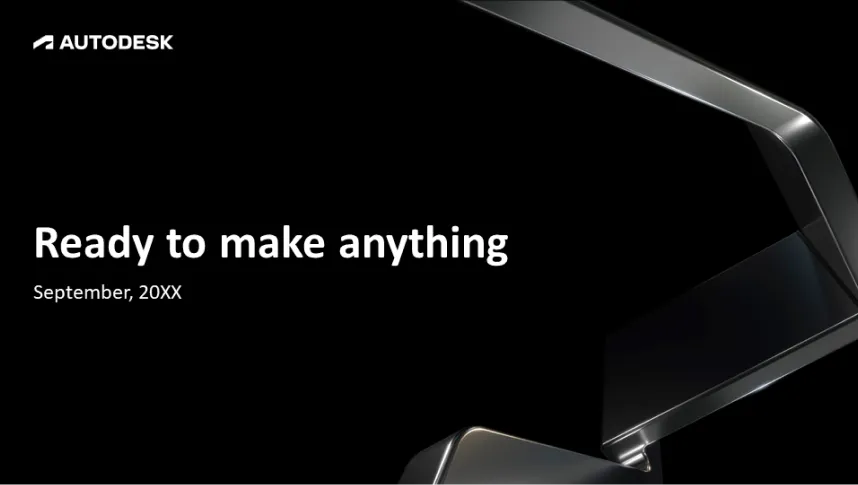Creating a custom design for your pitch deck template involves several key steps to ensure it is visually appealing, aligns with your brand, and effectively communicates your message. Here’s a comprehensive guide to help you create a custom pitch deck template:
1. Understand Your Audience and Purpose
- Identify Your Audience: Determine who will be viewing your pitch deck (investors, partners, clients) and what their expectations might be.
- Define Your Purpose: Clarify the primary goal of your pitch deck (e.g., securing funding, attracting partners, explaining a concept).
2. Plan the Content Structure
- Essential Slides: Include key slides such as Introduction, Problem, Solution, Market Opportunity, Business Model, Traction, Team, Financials, and Call to Action.
- Flow: Ensure the content flows logically from one slide to the next, telling a coherent story.
3. Design Principles and Brand Alignment
- Brand Consistency: Use your brand’s colors, fonts, and logos consistently throughout the pitch deck.
- Visual Hierarchy: Create a clear visual hierarchy to guide the audience’s eyes to the most important information.
- Simplicity: Keep designs simple and uncluttered, avoiding unnecessary text and graphics.
4. Create Custom Graphics and Visuals
- High-Quality Images: Use high-resolution images that align with your message and brand.
- Custom Icons and Illustrations: Design or source custom icons and illustrations that enhance the visual appeal and clarity of your content.
- Data Visualization: Use charts, graphs, and infographics to present data in an easily digestible format.
5. Use Professional Design Tools
- PowerPoint: Utilize PowerPoint’s advanced features to create custom layouts, animations, and transitions.
- Canva: A user-friendly design tool that offers templates and customization options for pitch decks.
- Adobe Creative Cloud: Tools like Adobe Illustrator and Photoshop for creating custom graphics and detailed designs.
6. Seek Inspiration and Examples
- Dribbble and Behance: Browse design portfolios on platforms like Dribbble and Behance to gather inspiration and see what top designers are creating.
7. Iterative Design and Feedback
- Draft and Revise: Start with a draft version and continuously revise based on feedback.
- Seek Feedback: Get input from colleagues, mentors, or professional designers to refine your pitch deck.
8. Consider Professional Help
Hire a Designer: If design is not your strength, consider hiring a professional designer. Platforms like Upwork, Fiverr, and LinkedIn can help you find skilled designers.
Consult Agencies: Consider working with specialized presentation design agencies like SlideGenius or PitchDeck.com for high-quality, custom pitch decks.
Conclusion
Creating a custom design for your pitch deck template involves thoughtful planning, adherence to design principles, and alignment with your brand. Utilize professional design tools, seek inspiration from successful examples, and consider hiring expert help to ensure your pitch deck is compelling and effective. By following these steps, you can create a pitch deck that stands out and effectively communicates your business’s value proposition.
View Our Presentation Portfolio










